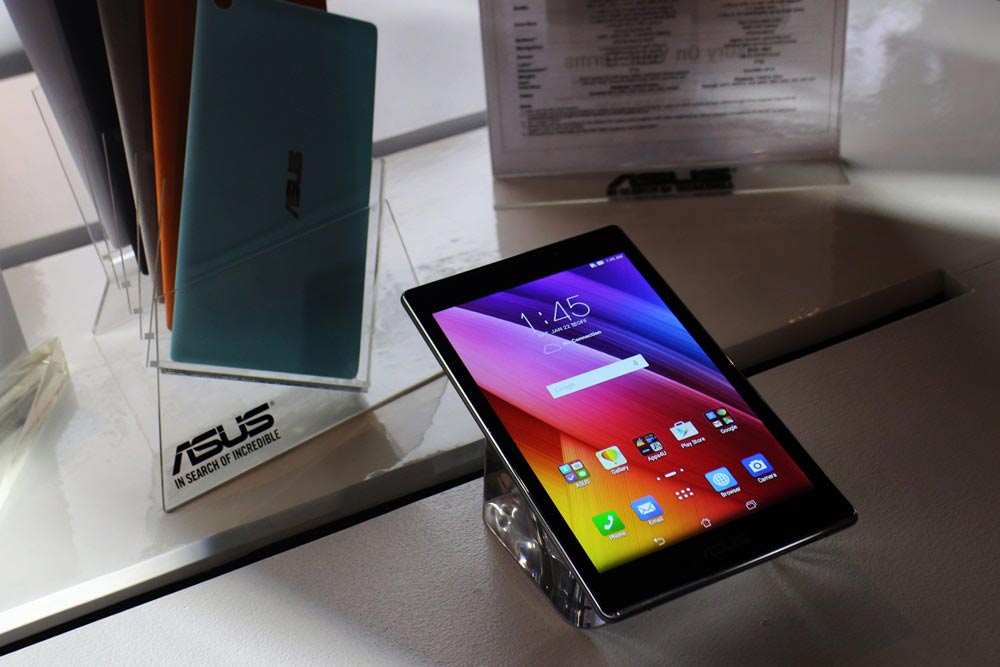Mobkard, a location-based mobile loyalty solutions provider and part of the first batch of startups of Ideaspace, the First Pacific-led tech incubator and accelerator for emerging markets, today announced that it has successfully concluded a new 17 million-peso round of funding led by Globaltronics Inc., the country’s leader in digital signage advertising in the Philippines.
The new round of funding allows the company to expand its location-based loyalty solutions particularly through the launch of the official Mobkard app, which provides users with the best and the latest deals from the biggest brands that are near their current location using only their smartphones.
“Everyone loves a good deal, and sometimes many consumers miss out on discounts and other privileges simply because they are not aware of them when they enter a particular store,” said Francis Uy, CEO and Co-Founder at The Kard. “Mobkard brings this wealth of knowledge closer to users through a device that is closest to them—their mobile phones. With Mobkard, there’s no more need to carry discount vouchers or loyalty cards around, because all of the latest deals near you can now be found with just one tap.”
Simply download the app from the Apple App Store or the Google Play Store, register, and get instant access to shopping information, exclusive privileges and deals, from a wide array of brands across multiple categories. As mentioned, a particularly helpful feature of the service is the “near me” tab that allows one to see what’s on offer in the immediate vicinity ensuring consumers get useful information, provided at the right place and at the right time.
The company has partnered with big-ticket names in retail such as Vans, LayBare, 360 Fitness Club, Bizu Patisserie, Nurture Wellness Spa, MedExpress, Sunglass Haven, and Dillinger’s, among many others, to provide these exclusive discounts and other privileges.
Empowering businesses
Initially concentrating on the so-called B to C (communities) market, Mobkard has in the past provided location-based mobile loyalty solutions to over 14 businesses and organizations such as the AIM Alumni, Ateneo Graduate School of Business Alumni, La Salle Green Hills Alumni, PLDT SME Nation, SM Global Pinoy, and others, together with the participation of more than 200 merchant partners.
Given Mobkard’s experience, together with market feedback, and the success of this initial venture, the company is now poised to extend the benefits of their service to the general public through the launch of the Mobkard app.
“We saw the benefits of our service to these communities and realized that we had an amazing opportunity to make a difference in the way buyers and sellers interact through the mobile space,” Uy explained.
“Through the app, we allow sellers to easily reach, understand, and engage customers in a way that has never been done before. And because it is cost effective, we are able to pass on better rates and privileges to consumers which allow them to save on other things that matter to them.”
Uy said that with smartphone penetration expected to reach 60% by the end of the year, brands and businesses need to be proficient in the mobile space given the emergence of the so-called “mobile-first generation.”
“We want to be the leader in this mobile space and with our strategic partnerships and this new round of funding, we are well positioned to make significant strides towards our mission of making a difference,” he added.
Carlo Calimon, who leads the effort in establishing merchant and community partners had also expressed that with their growing merchant network, there will be a lot for the members to look forward to as well as opportunities for all to get the best deals with the brands they love.
“One of our goals at IdeaSpace is to help grow early stage startups transform to viable businesses. Getting additional investments and seeing traction are validations of what we saw when we first incubates this startup. It’s also an affirmation of the growing technology startup ecosystem in our country,” said Earl Martin S. Valencia, president at IdeaSpace.
The Kard was part of the initial cohort of startups that won in the 1st IdeaSpace Startup Competition.
IdeaSpace is supported by the following companies: First Pacific, First Pacific Leadership Academy, Metro Pacific Investments Corp., Metro Pacific Tollways Corp., MPIC hospital group, PLDT, Meralco, Smart Communications, Digitel Mobile Philippines and its mobile brand Sun Cellular, SPI Global, ePLDT, Indofood, Philex Mining, Maynilad, MediaQuest, and TV5.
To check out the the latest deals near, download the Mobkard app from the Apple App Store or the Google Play Store. To know more, visit www.mobkard .com.

























































































